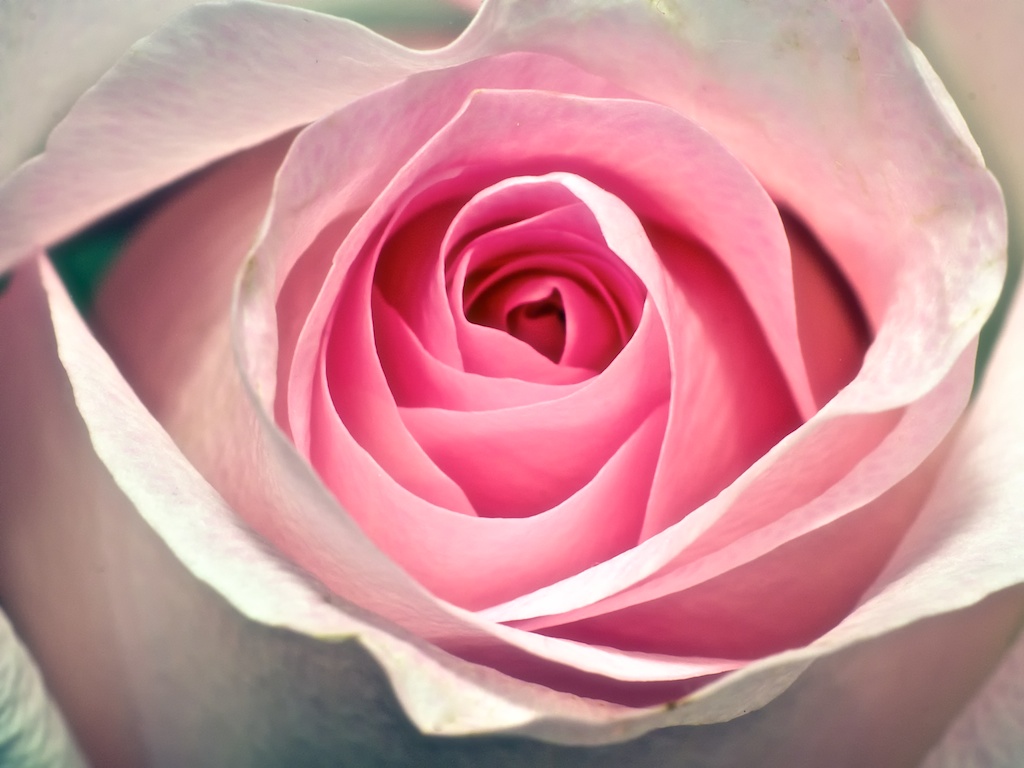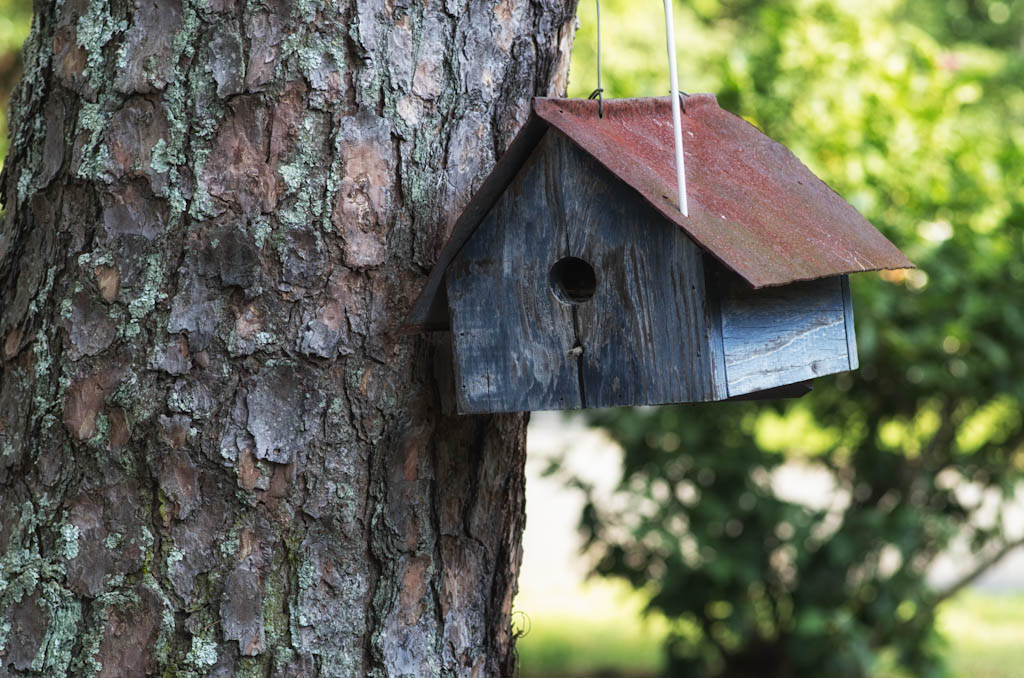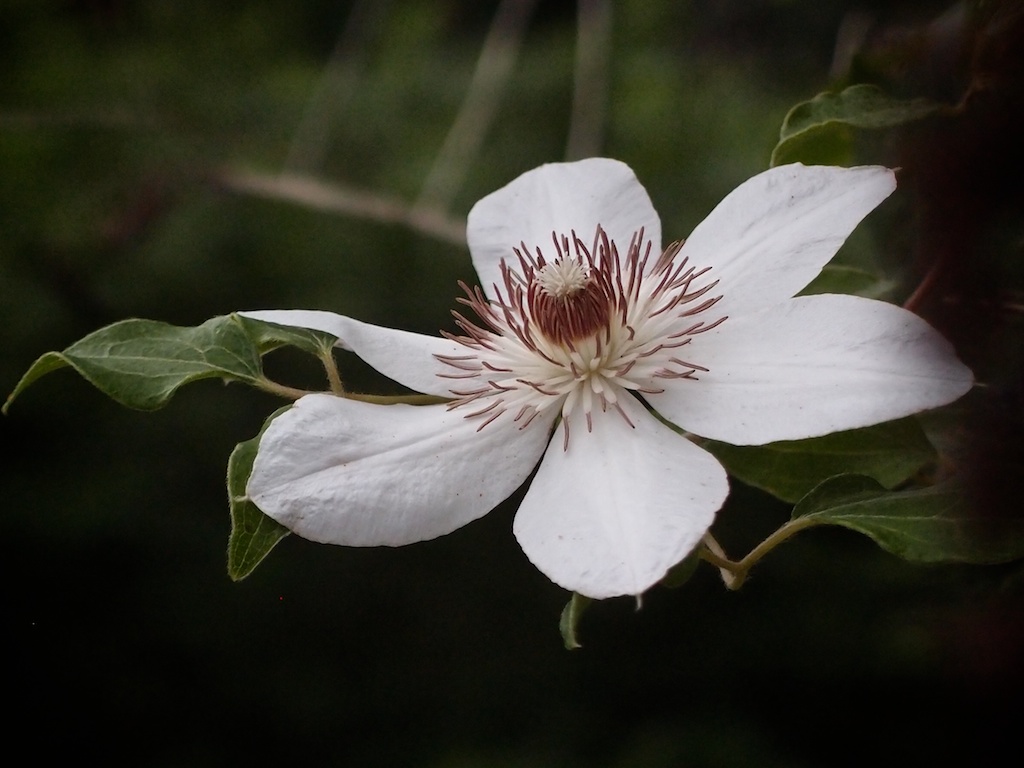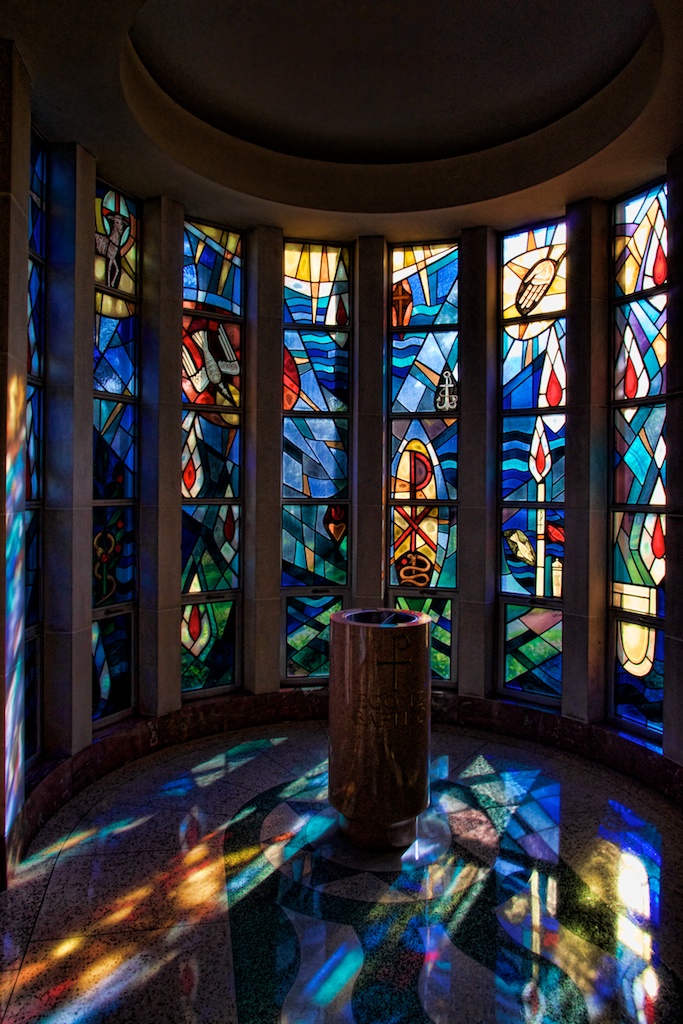[slideshow]
Light....it is what photography is all about. Thanks to taking a class by David Guy Maynard I finally started to get why I am just frustrated when I come home and look at my photos! His instruction, and reflection it caused me to feel like I had a hammer hit my head.
I am no different than many who learn photography. I started out and said I want to do this "naturally." Well that is all well and good at a pool with the kids at 4-5 PM when the light is strong, warm and appealing. However life does not occur in golden hour in a pristine environment! You have to shoot models in basements with florescent lights. You'll shoot birthday candles at 2PM with a bright window behind you. You have to cover baseball games shifting from shade to harsh light at 12:30PM.
To my credit I figured that out two years ago, but darn it I still did not get how to start fixing it. I always tried to cut it close with big glass, lowest ISO possible, get a flash to bounce off a wall, anything to get an effect that the books said would make my subject work. Always well intentioned, but successful maybe half the time. Usually I missed the exposure, blew highlights or never got enough light to create a sharp image of my subject.
Mr. Maynard said he likes the right light. He wants to chisel out his effects, and you need lots of light to do it. I don't think he cares if you do it with fancy lights, flash lights, or candle light. But the light has to be good, and shaped to effect the way you want your subject to look in a purposeful manner. Some techniques just do it better than others.
We learned about Expoimaging products this weekend (I wanted some of their products before, but now I am hooked). They bounce, flash box, color correct, and more! Once you see how they make things "right" easily you are hooked, but I digress.
We learned how with a simple flash head, off camera and a flash box you can soften shadows behind your subject from the flash. This is because you make the light bigger. Then you can change the color of a wall with another flash behind your subject covered by the proper gel. Then throw a snoot on a third flash and create a hair light to make dark hair pop (but as he pointed out be careful with the angle of the snoot so you don't bleed out into the background color flash). Add a ring light to hide skin imperfections since it is flat and fired head on.
What I learned is that if you want your photos to pop you need light. Lots and lots of light. Not just a little, but copious amounts of light. The extra light gives you the sharpness of subject, and the power to chisel out the effect you want.
So for me it is back to the basics. Get light, lots of light. Start with one and master chiseling with it. Then move forward to add two, three and four to make effects match the carving you had in your mind.
ehw
PS The bug shot is a tribute to Mr. Maynard who loves shooting macro. It is a nicely caught bumble bee, with lots of good light shot with a Tamron 70-200 F2.8



